Mount Rainier National Park, with 236,381 un-spoiled acres, was established in 1899, 17 years before the National Park Service was formed, making it one of the oldest in the nation. Ascending to 14,410 feet above sea level, Mount Rainier stands as an icon in the Washington landscape. An active volcano, Mount Rainier is the most glaciated peak in the contiguous U.S.A., spawning six major rivers. It is the most prominent peak in the Cascade Range. Mount Rainier last erupted approximately 150 years ago. Coniferous trees dominate and the lower slopes have dense forests of giant Douglas firs, western red cedars, and mountain hemlocks. During the warm months the alpine meadows are covered with wildflowers that bloom progressively higher up the slopes as the summer passes. The park’s wildlife is abundant and varied and includes deer, Roosevelt elk, bears and mountain goats and there are also more than 140 bird species. One of the park’s most scenic drives runs from the Nisqually entrance to Paradise. This 80 mile drive winds through river valleys, lowland forests and glaciated peaks and offers some magnificent views. Nearly two million visitors a year come to Mount Rainier National Park for hiking, moutain climbing, backpacking, and more.
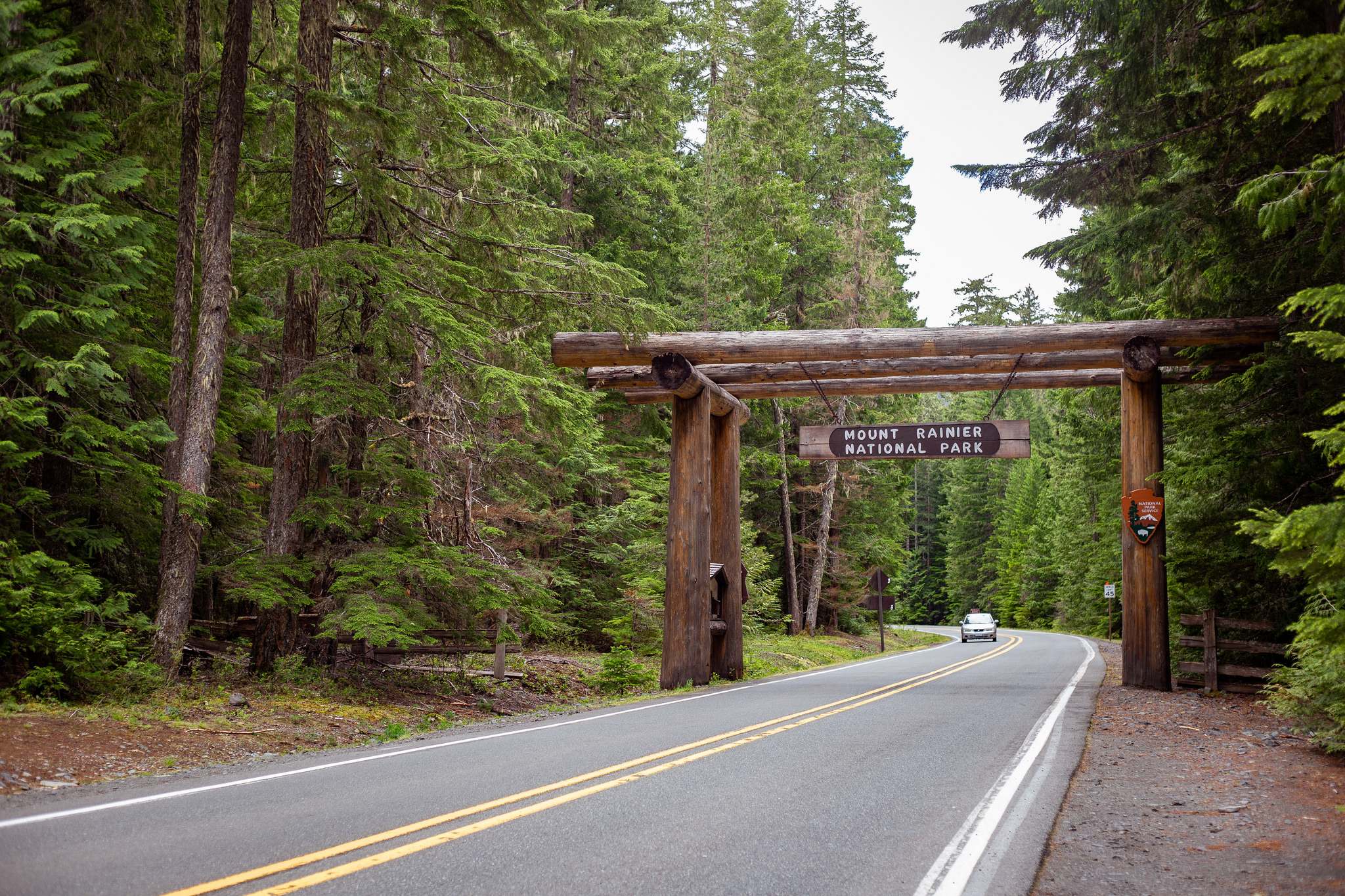
Welcome to Mount Rainier National Park
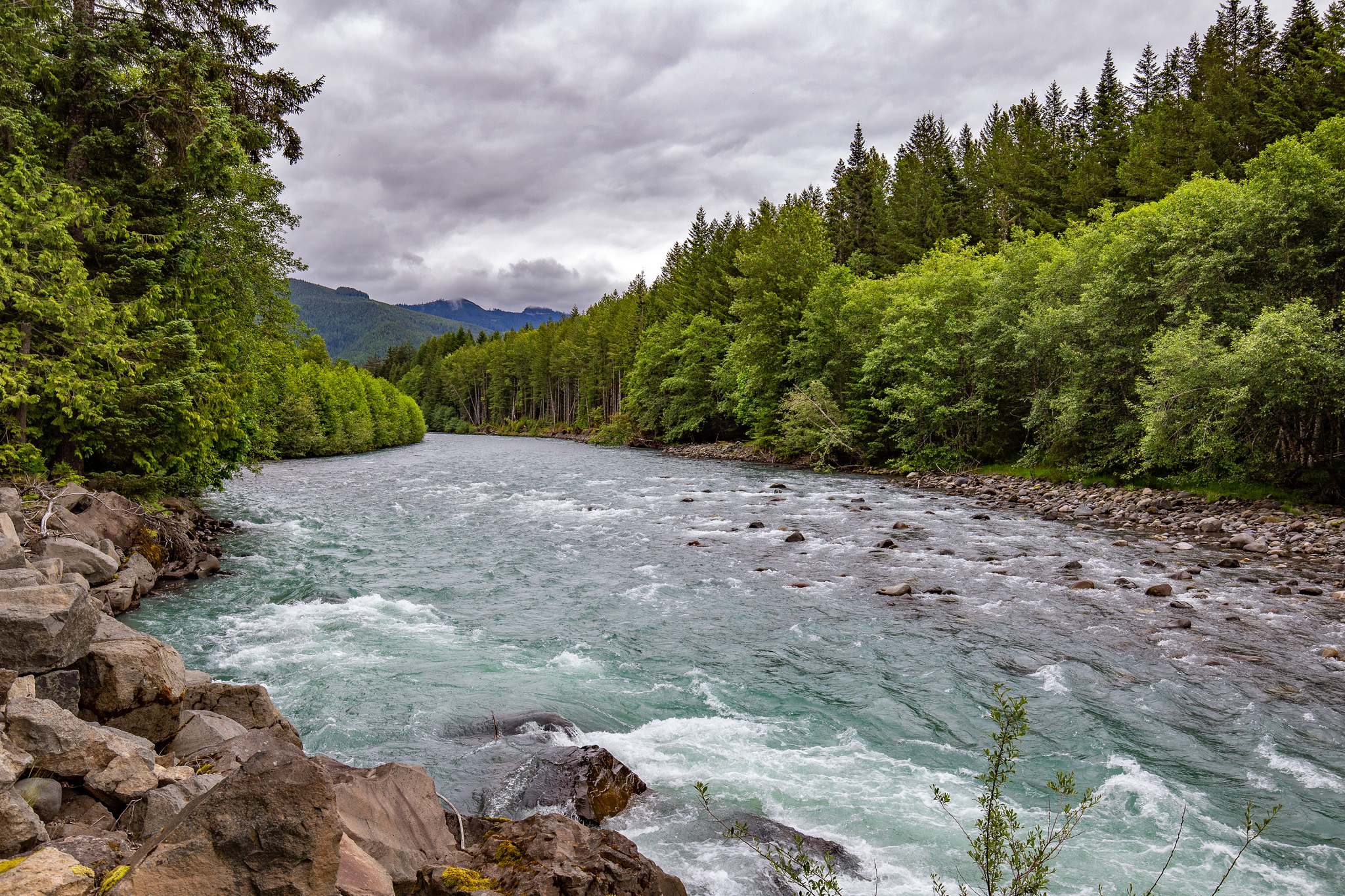
White River
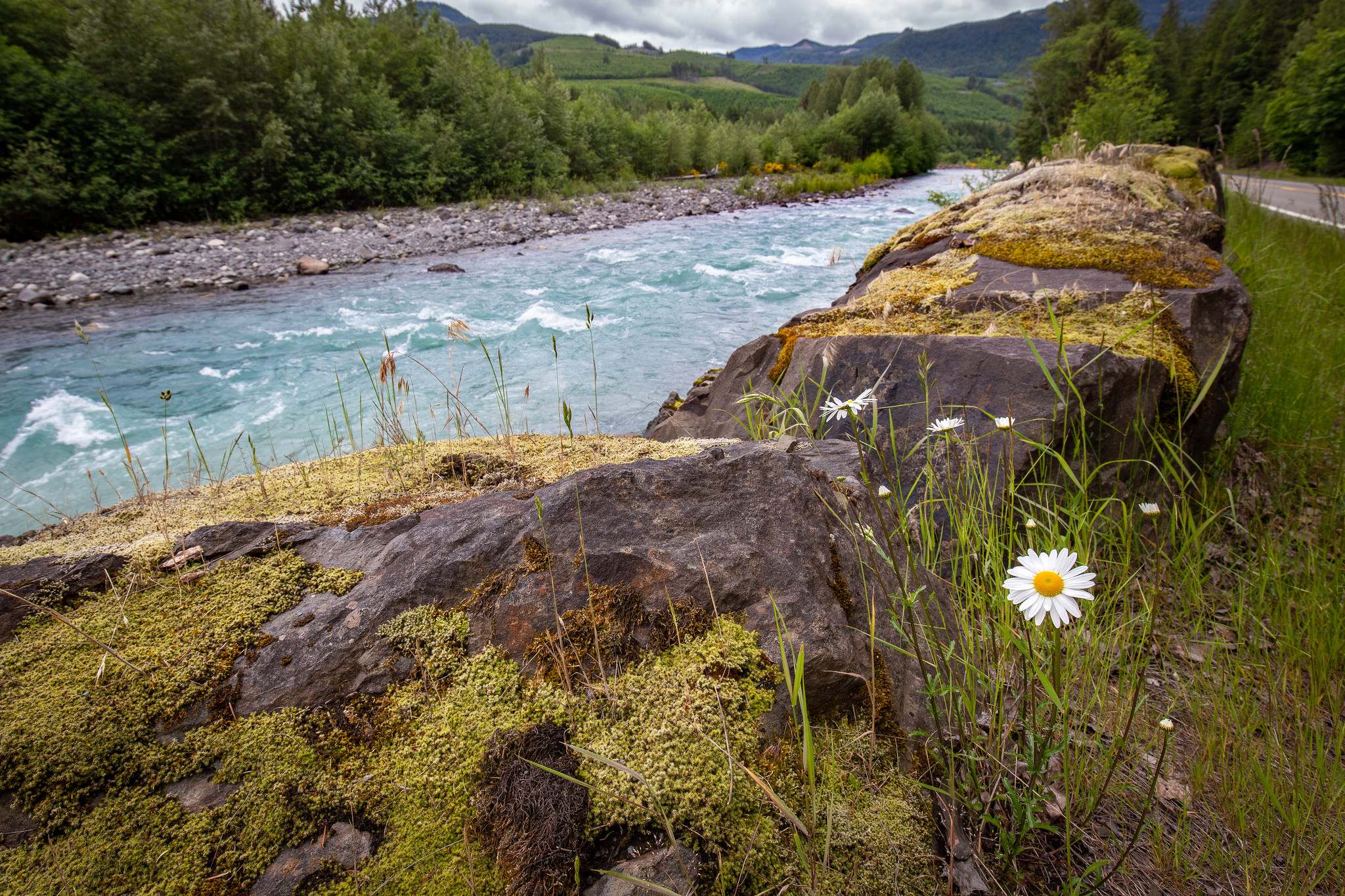
White River
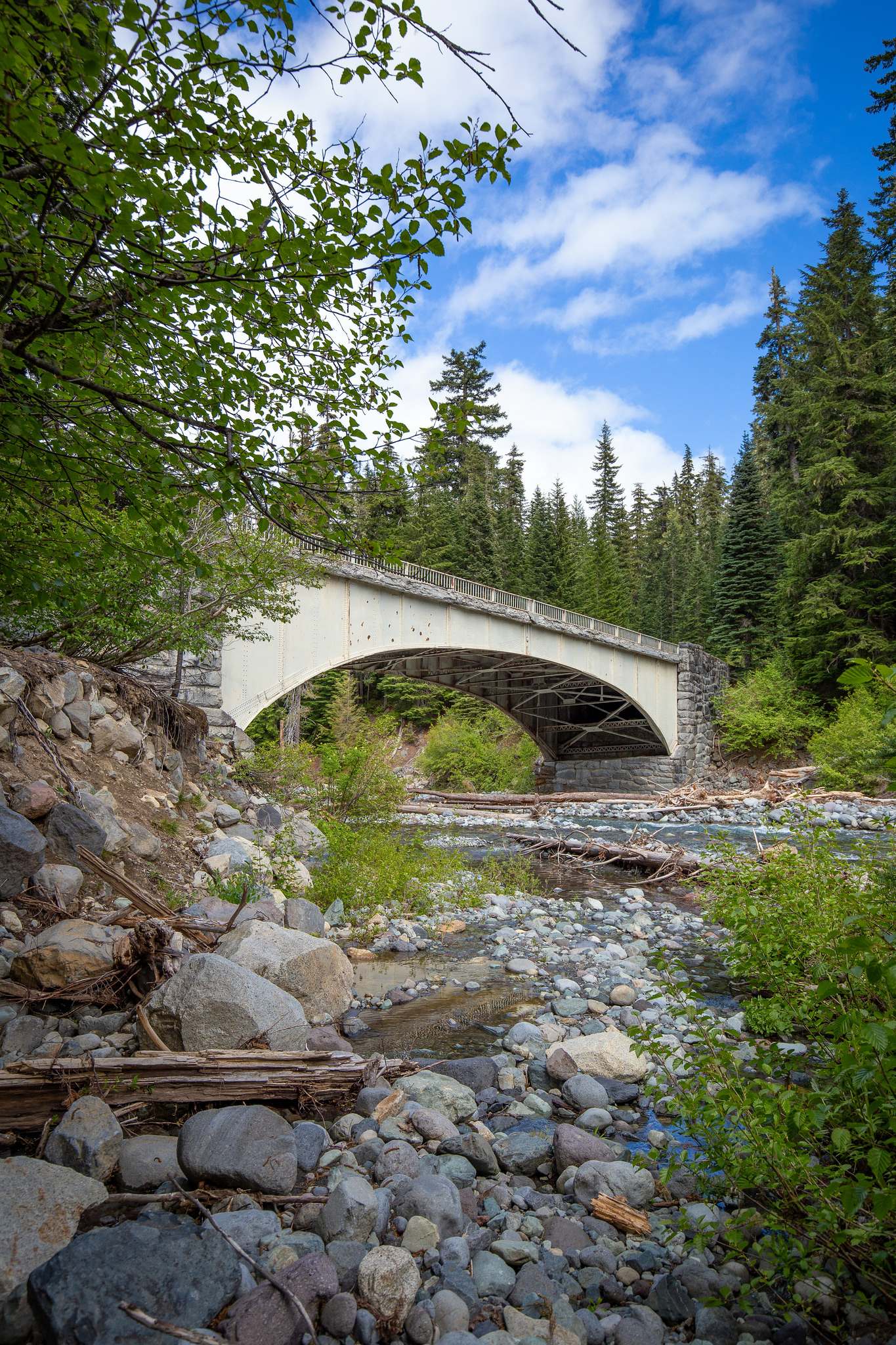
Fryingpan Creek Bridge
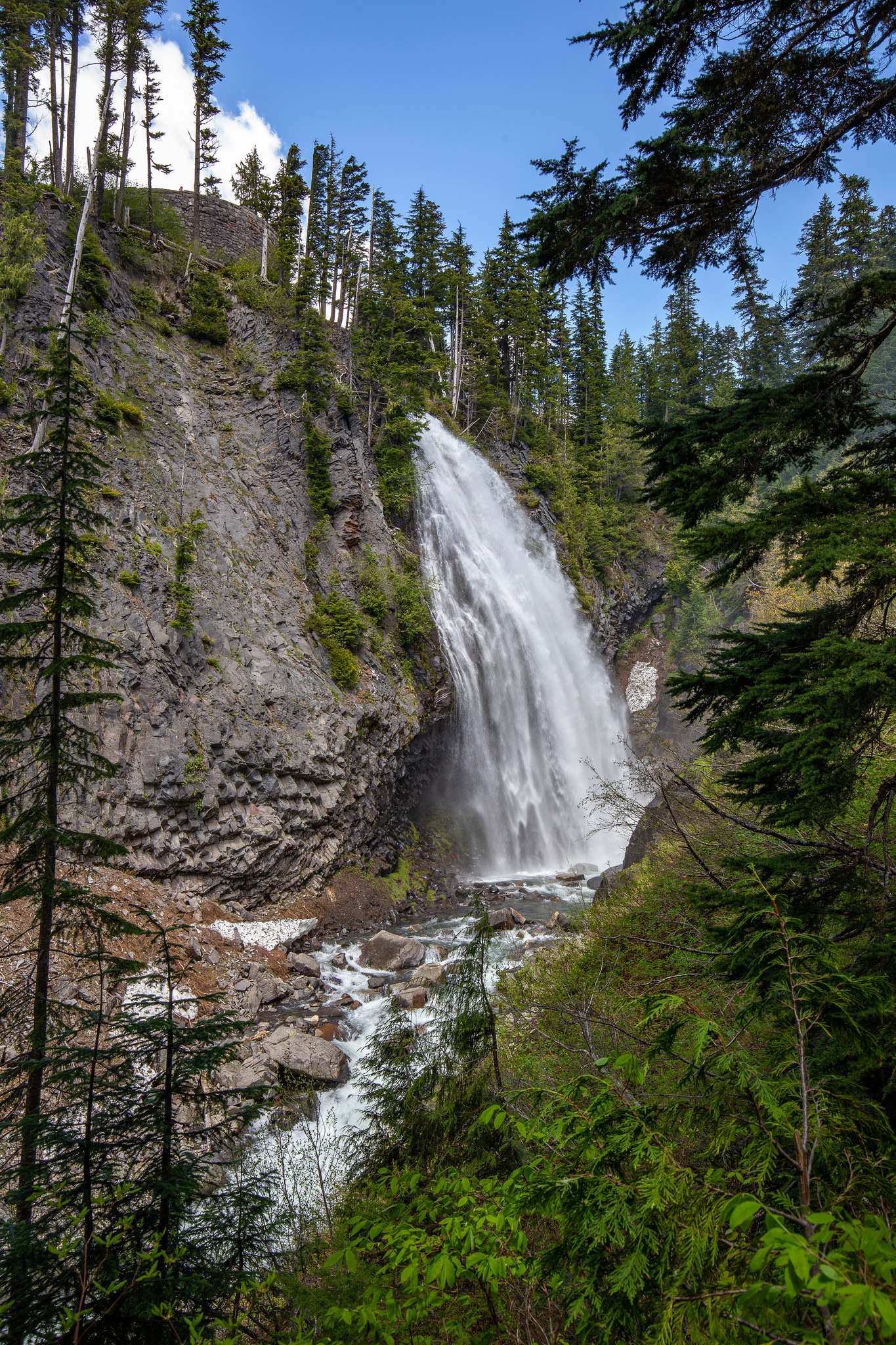
Narada Falls

Narada Falls
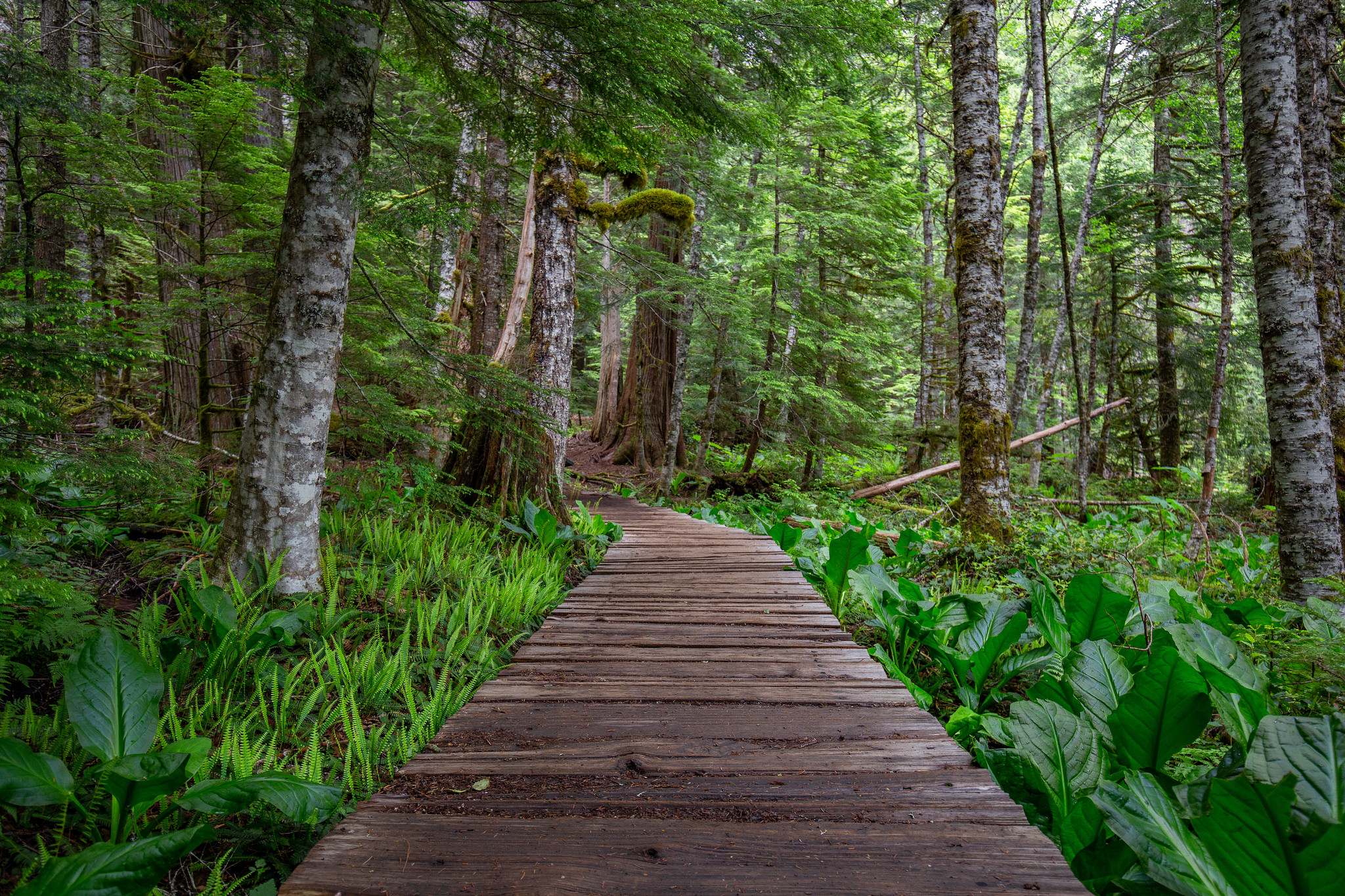
Trail of Shadows
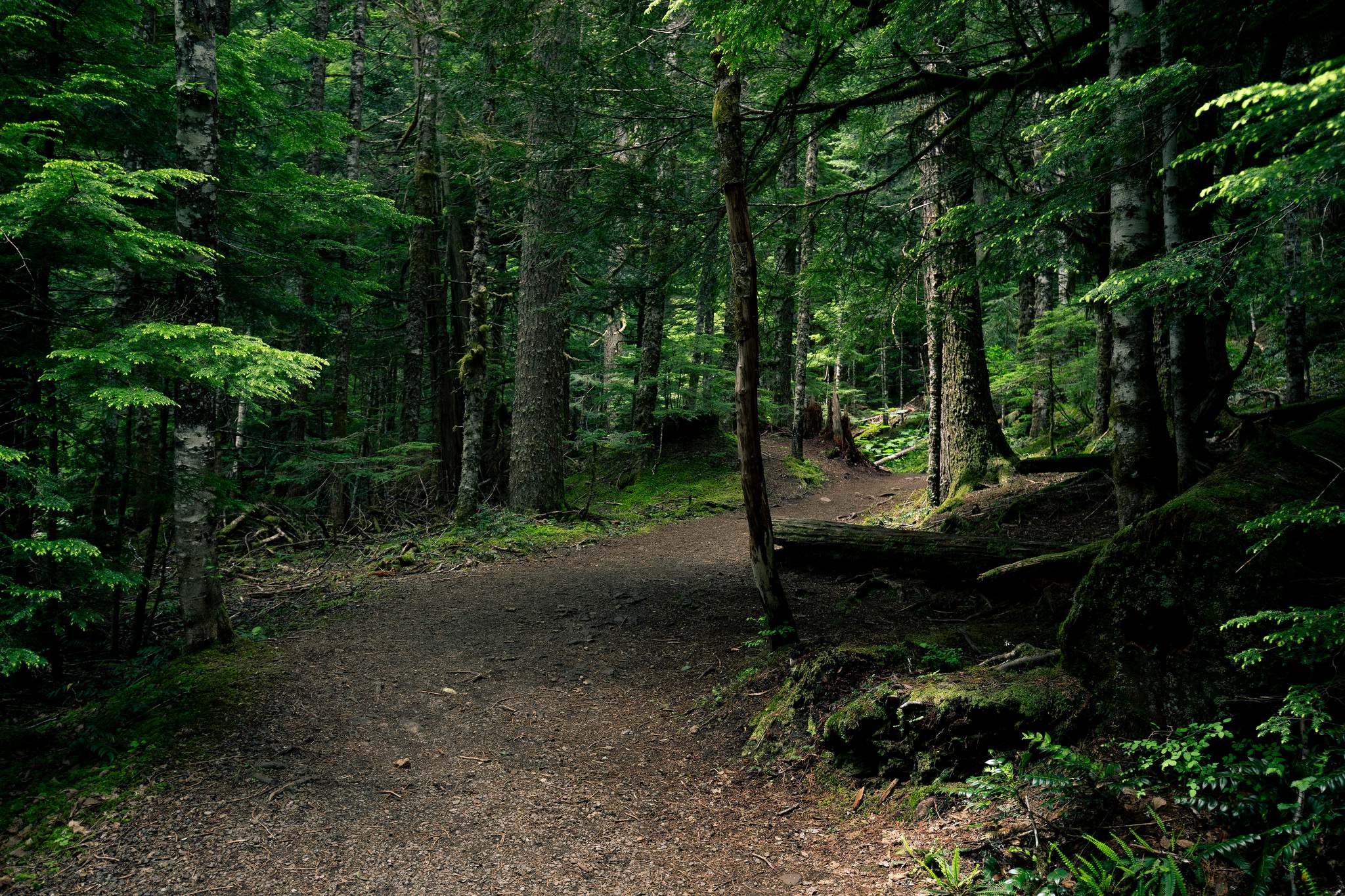
Trail of Shadows
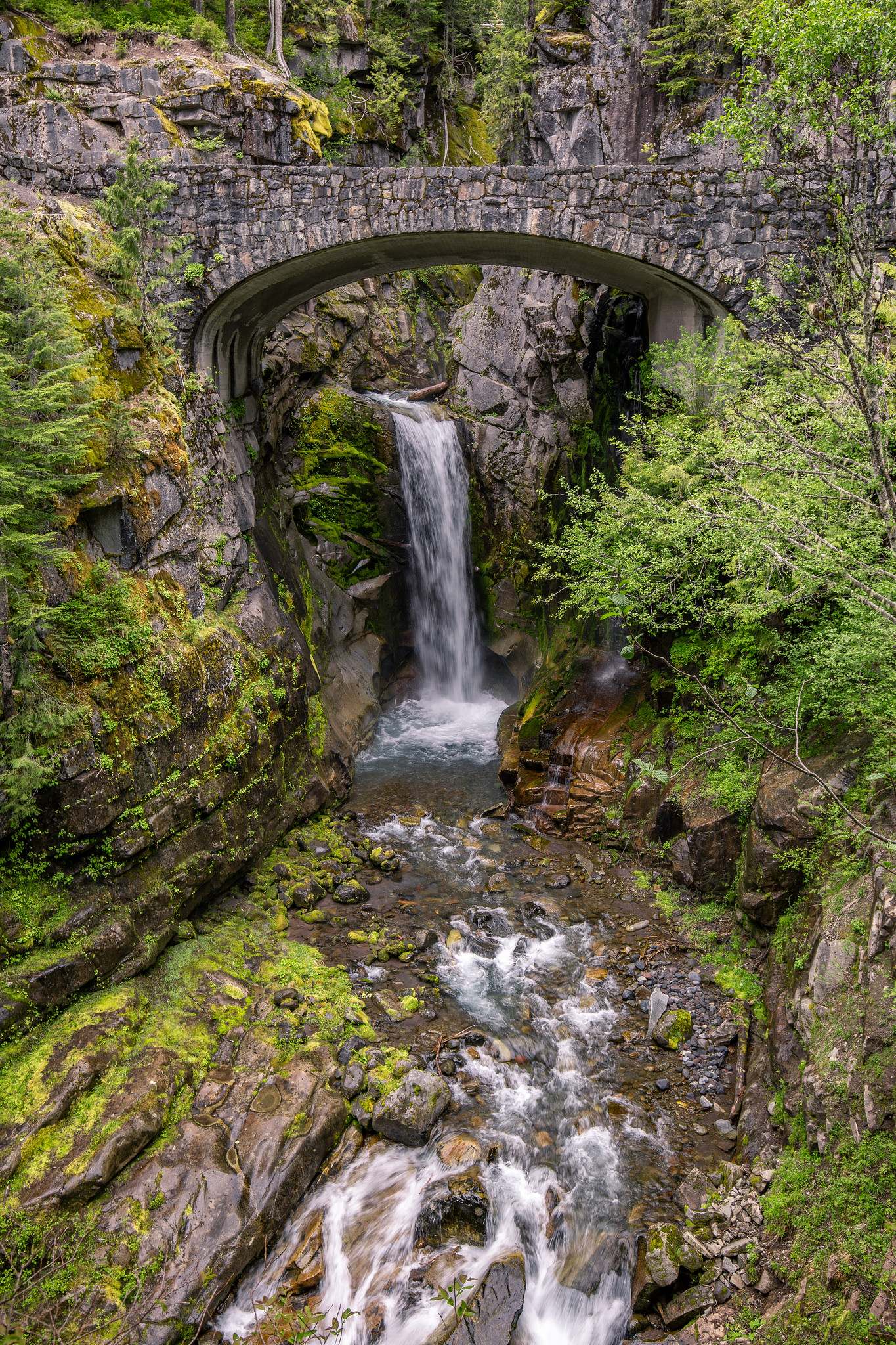
Christine Falls
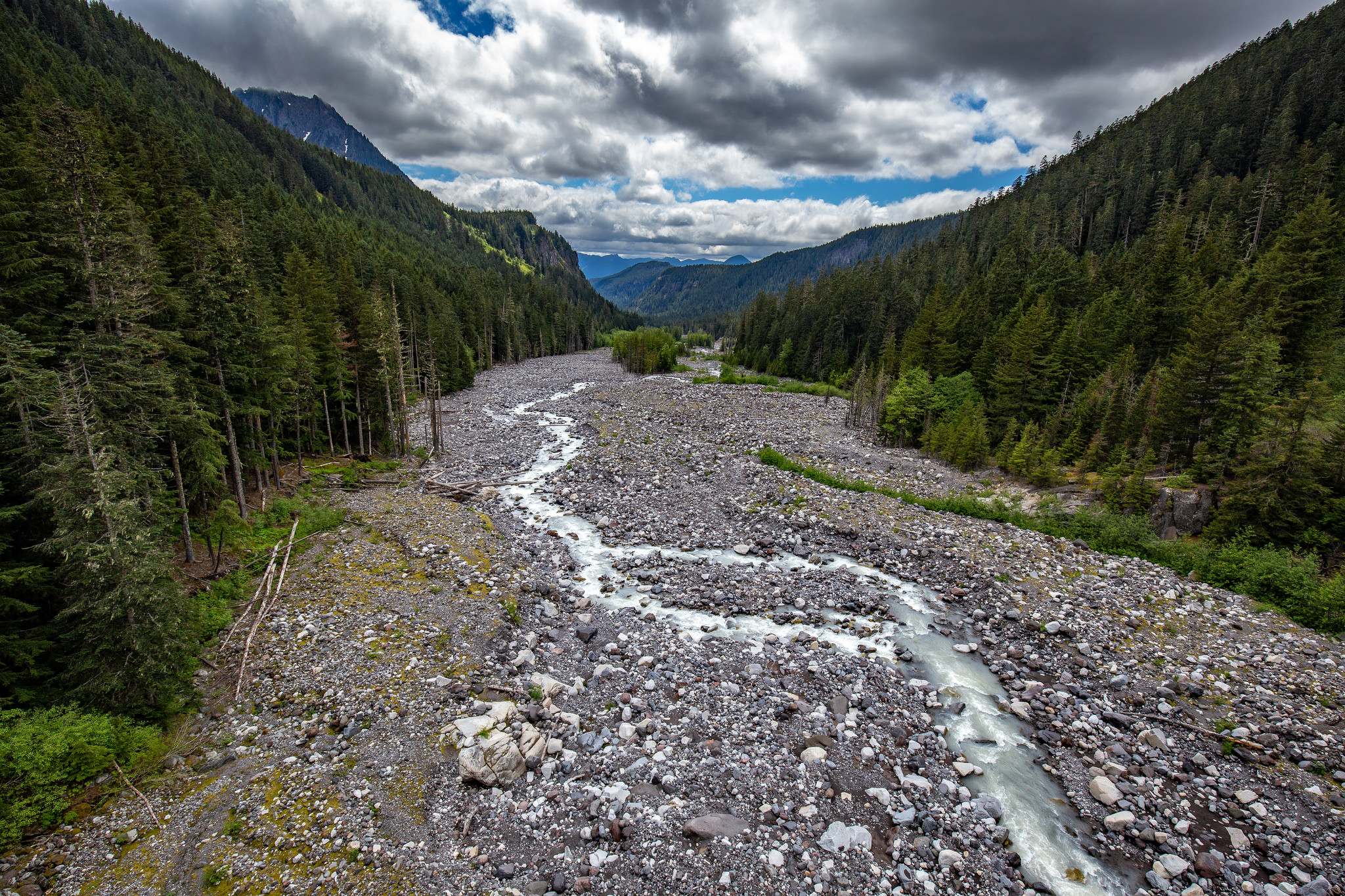
Nisqually River
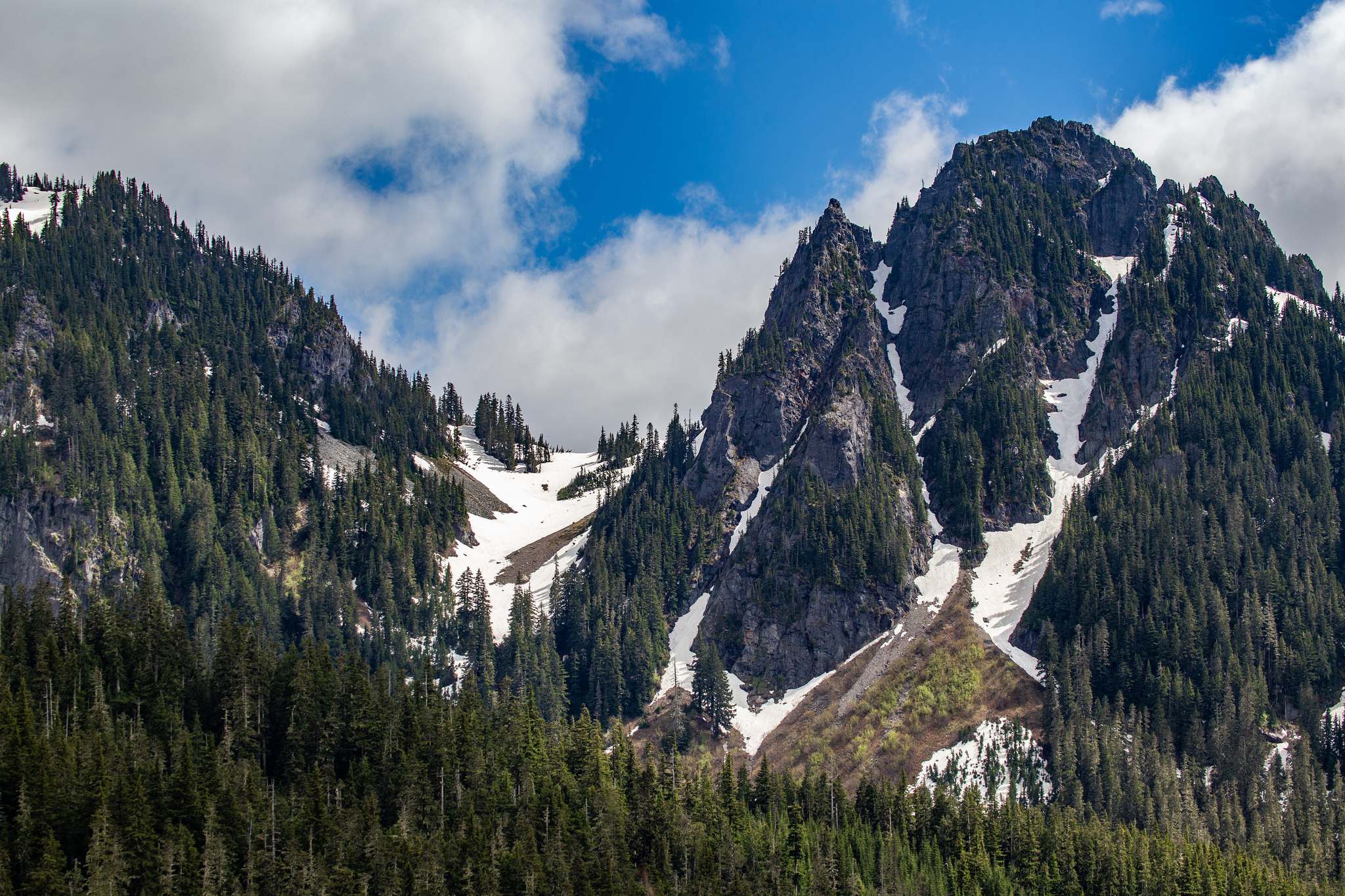
Pinnacle Peak
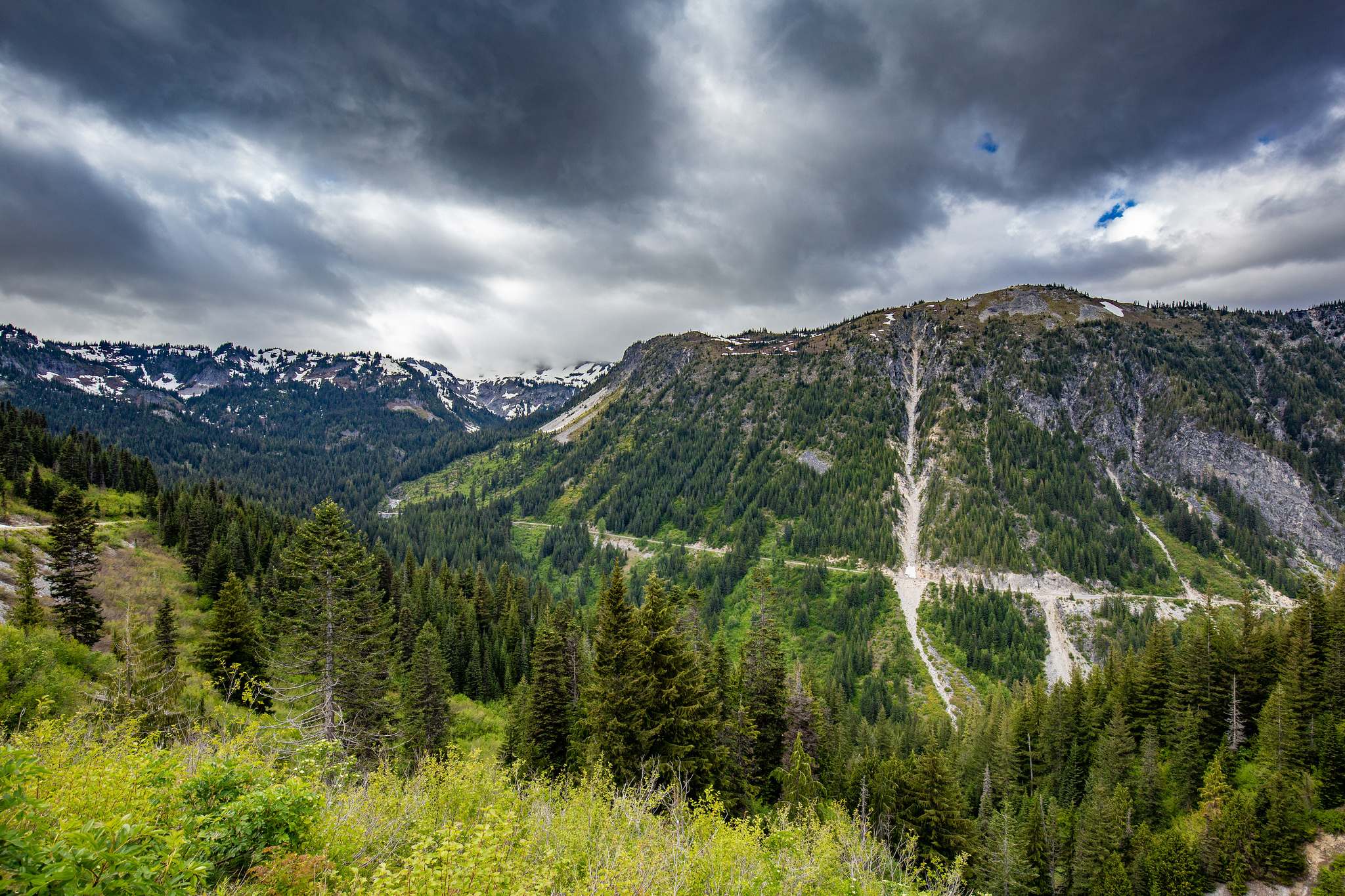
Stevens Canyon Road
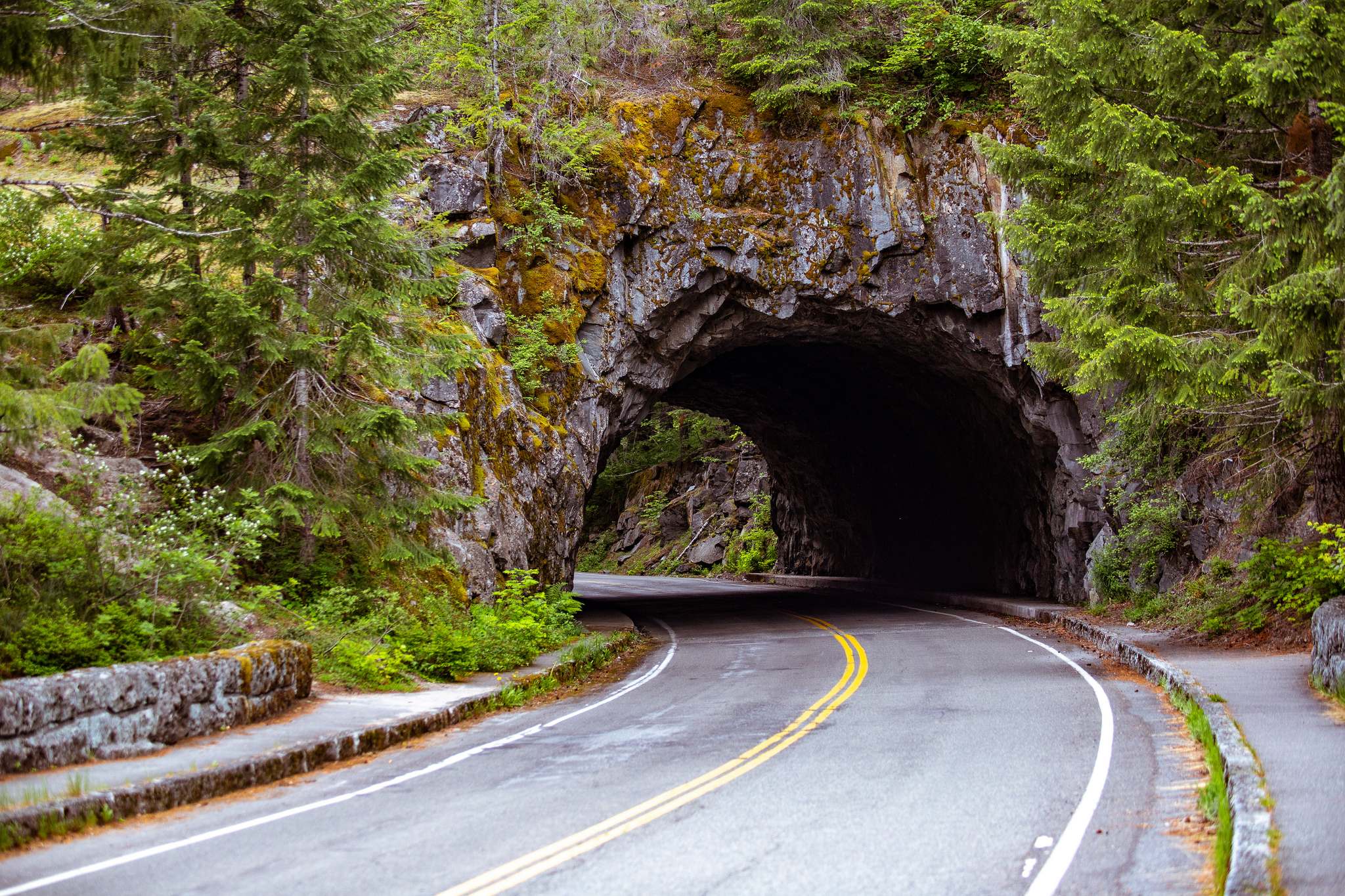
Tunnel, Stevens Canyon Road
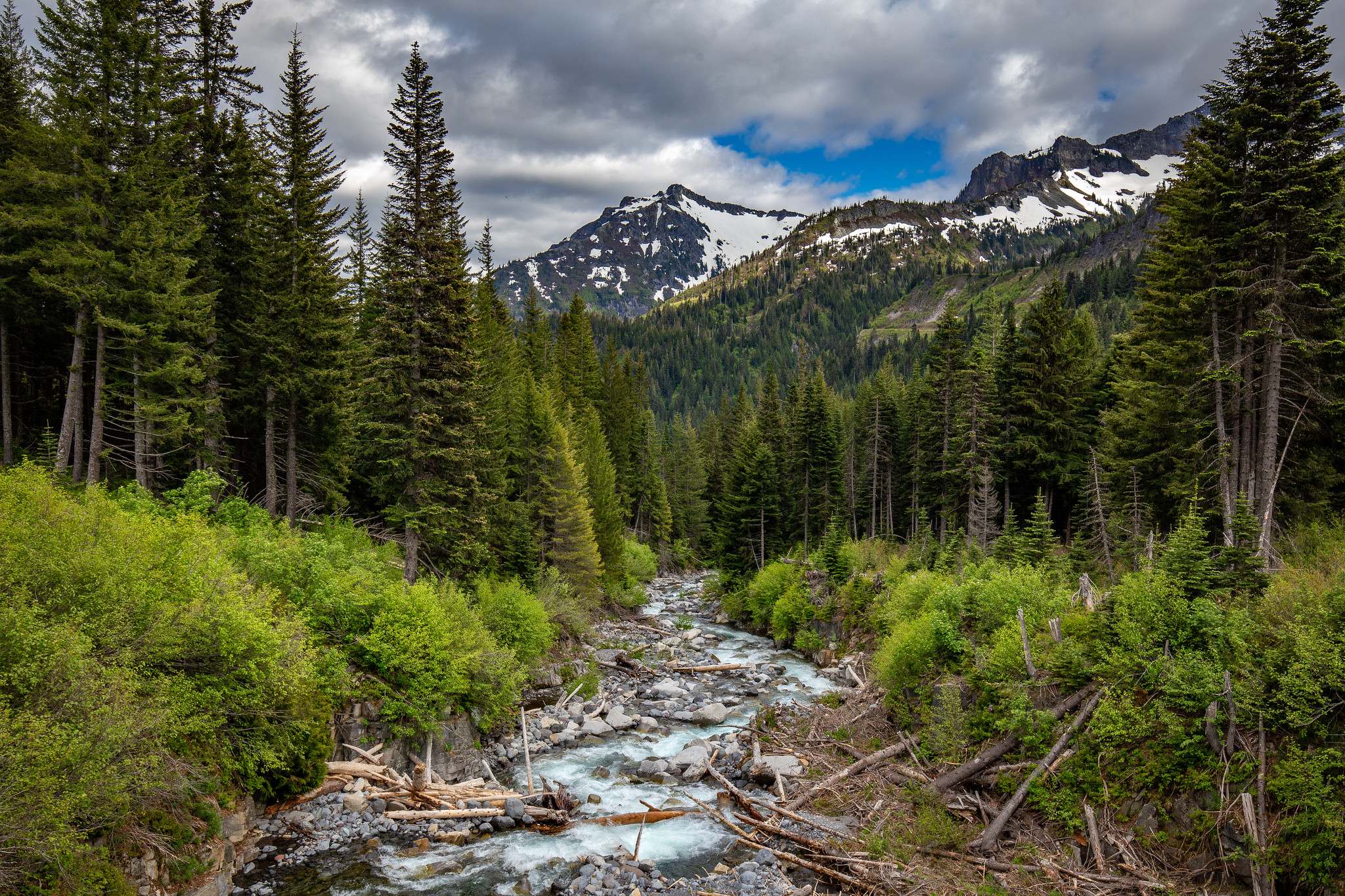
Stevens Creek
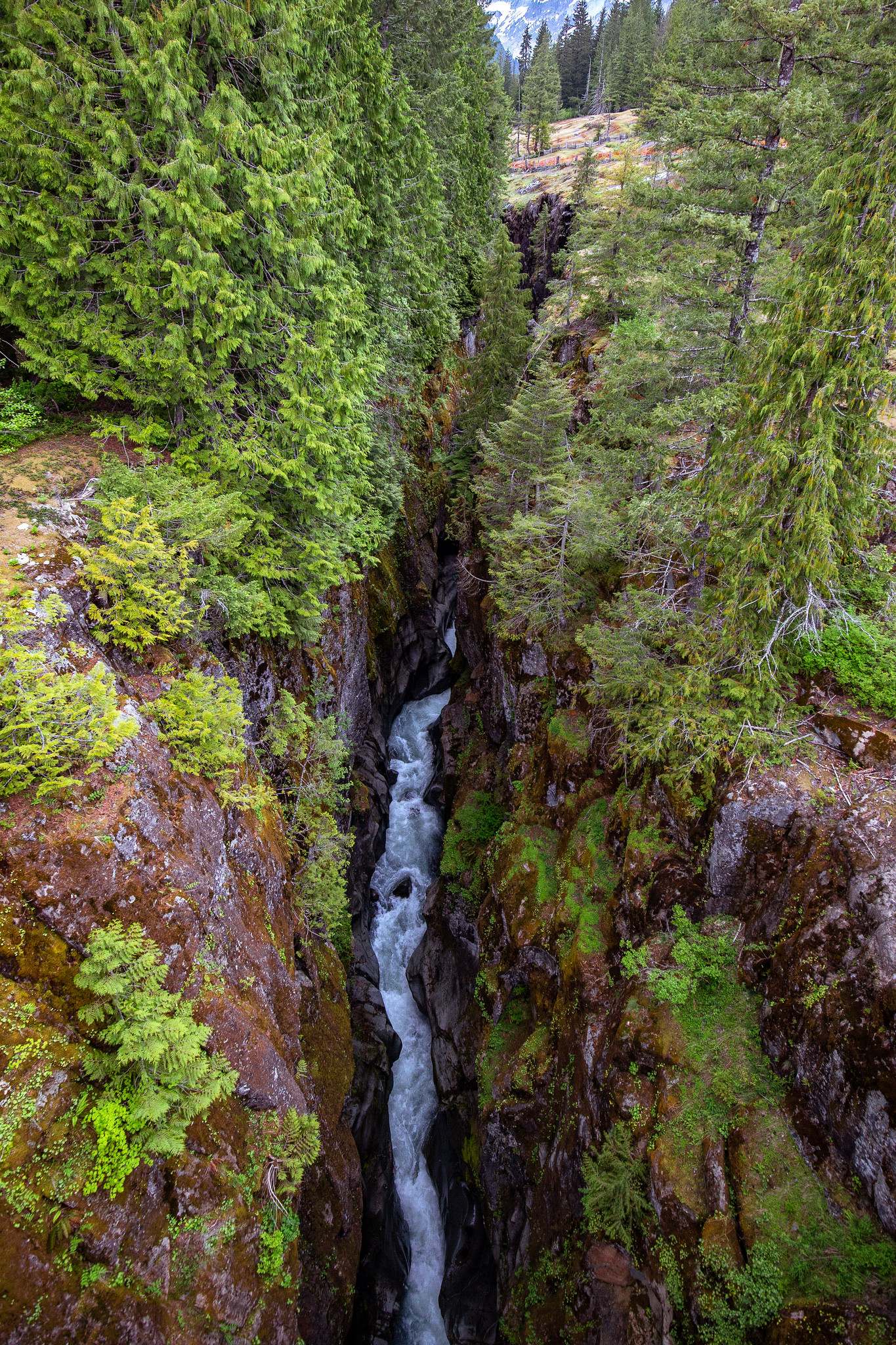
Box Canyon
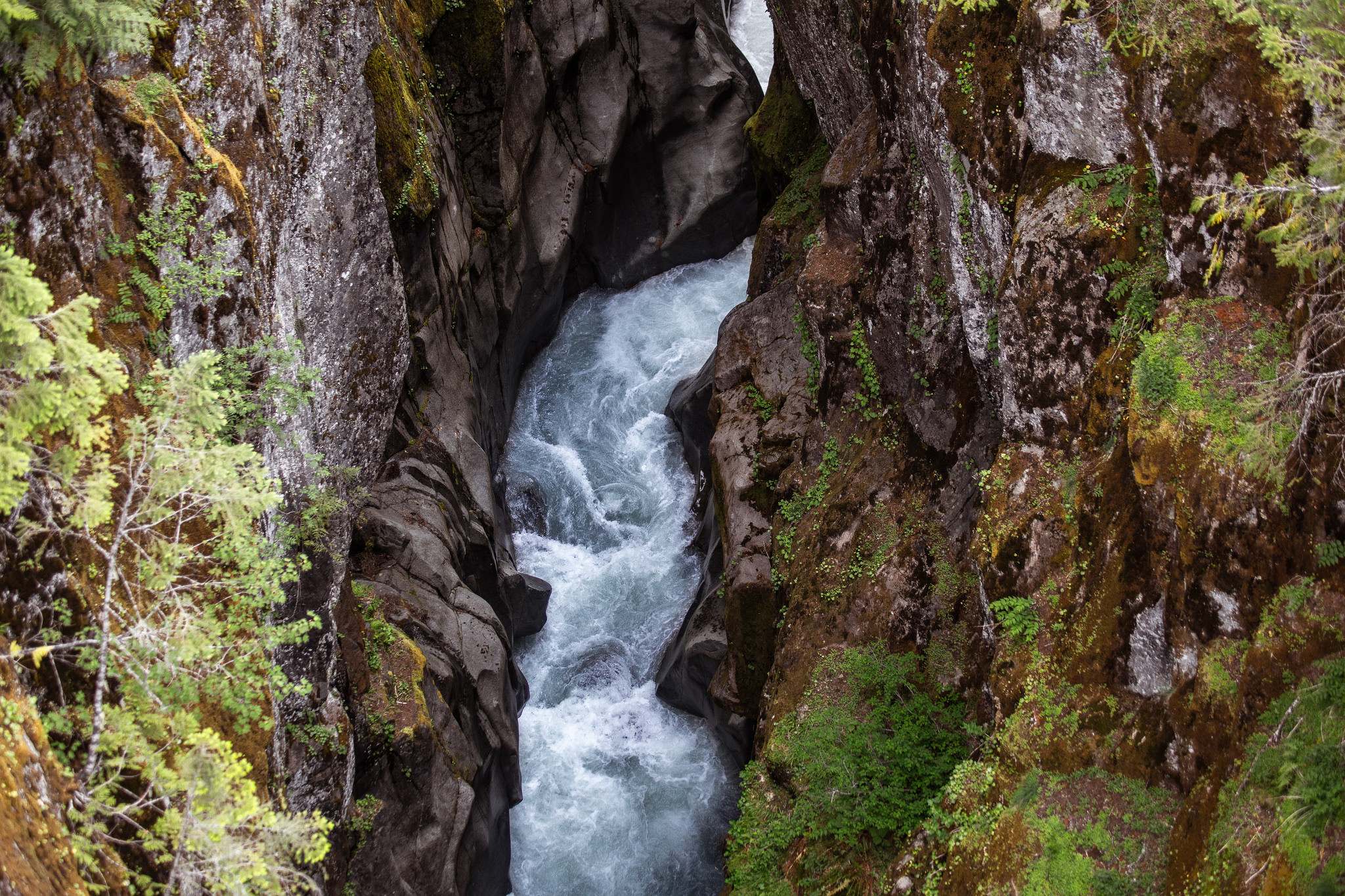
Box Canyon
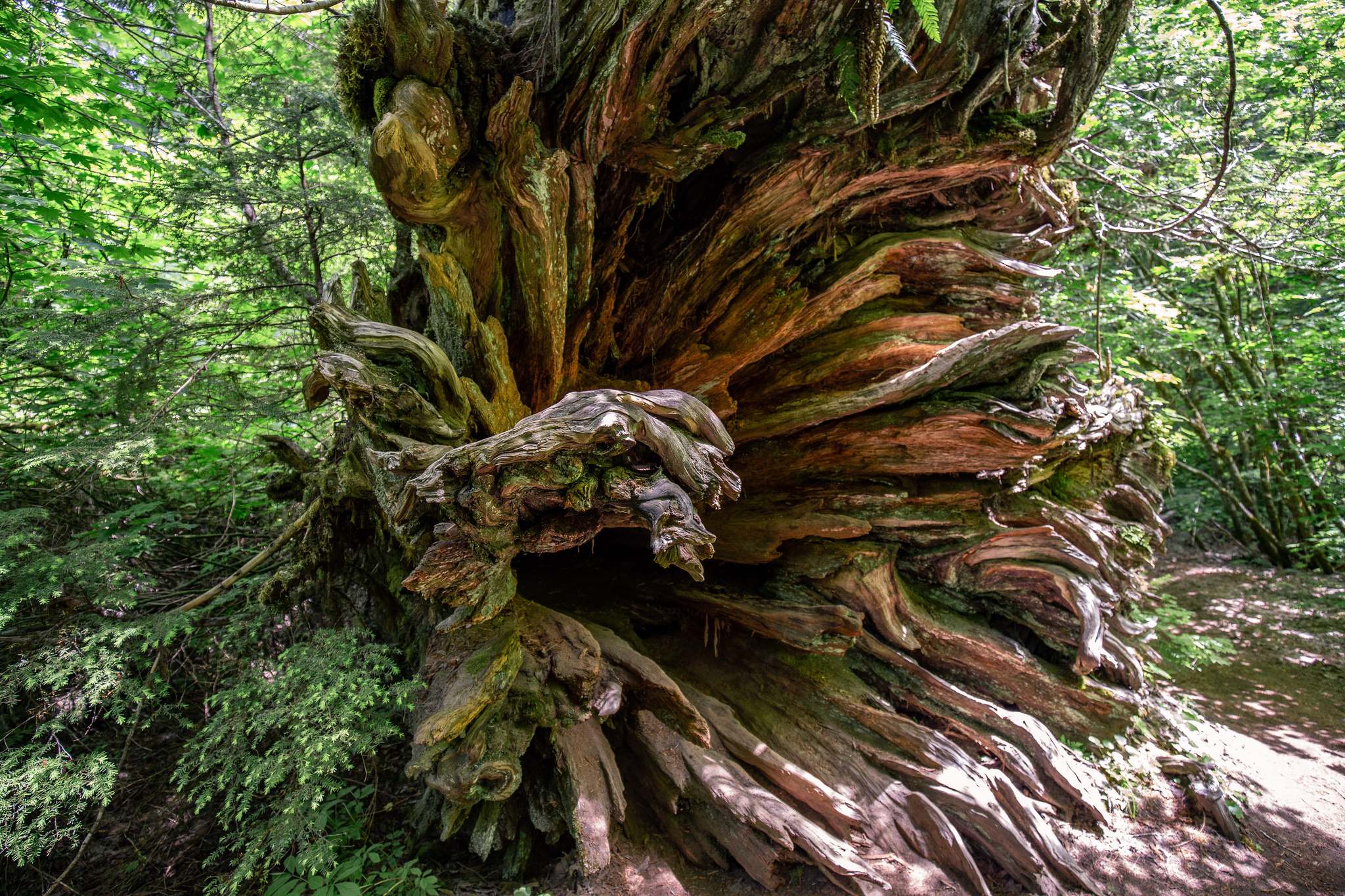
Roots of a Giant
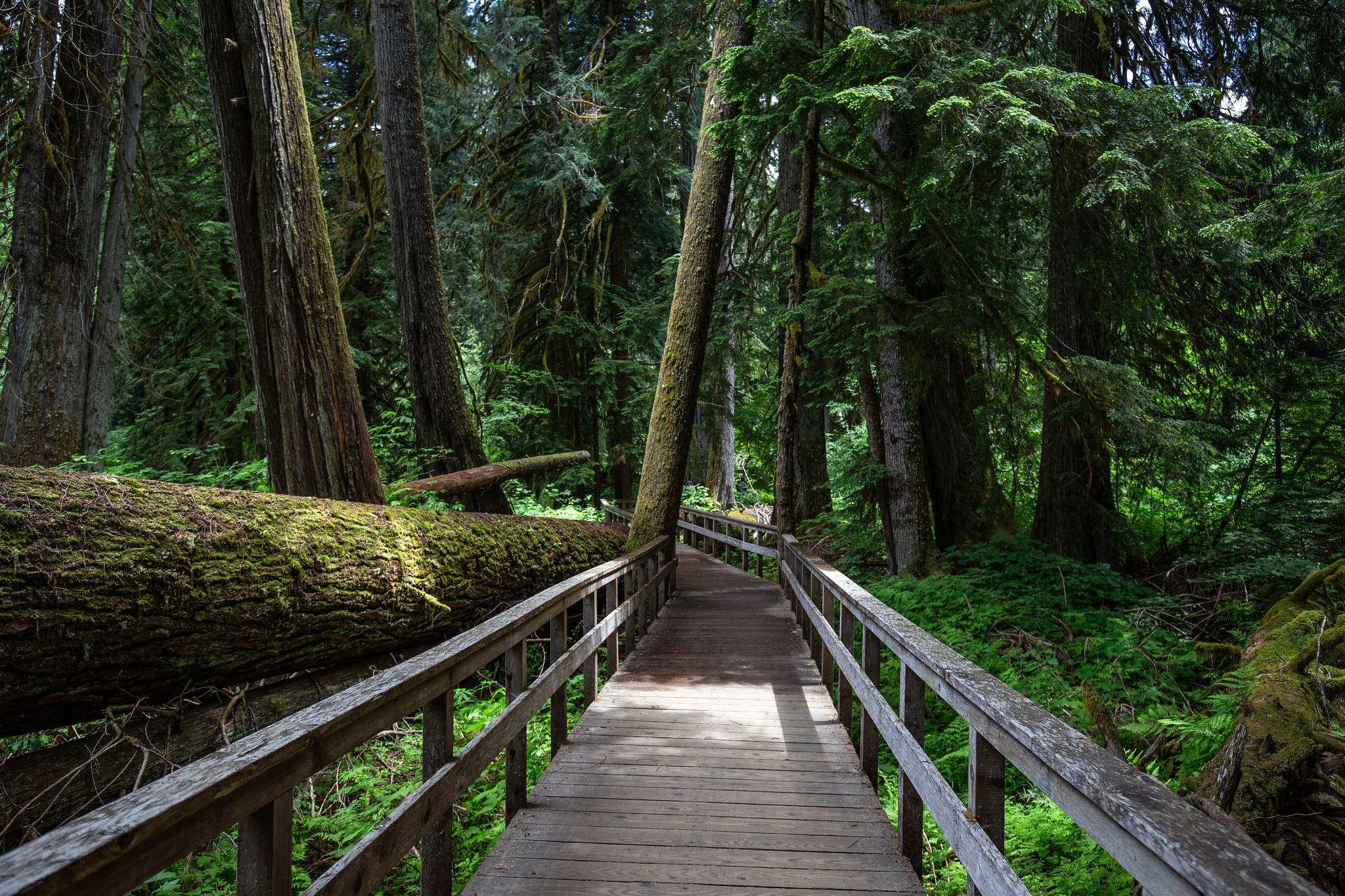
Grove of the Patriarchs Trail
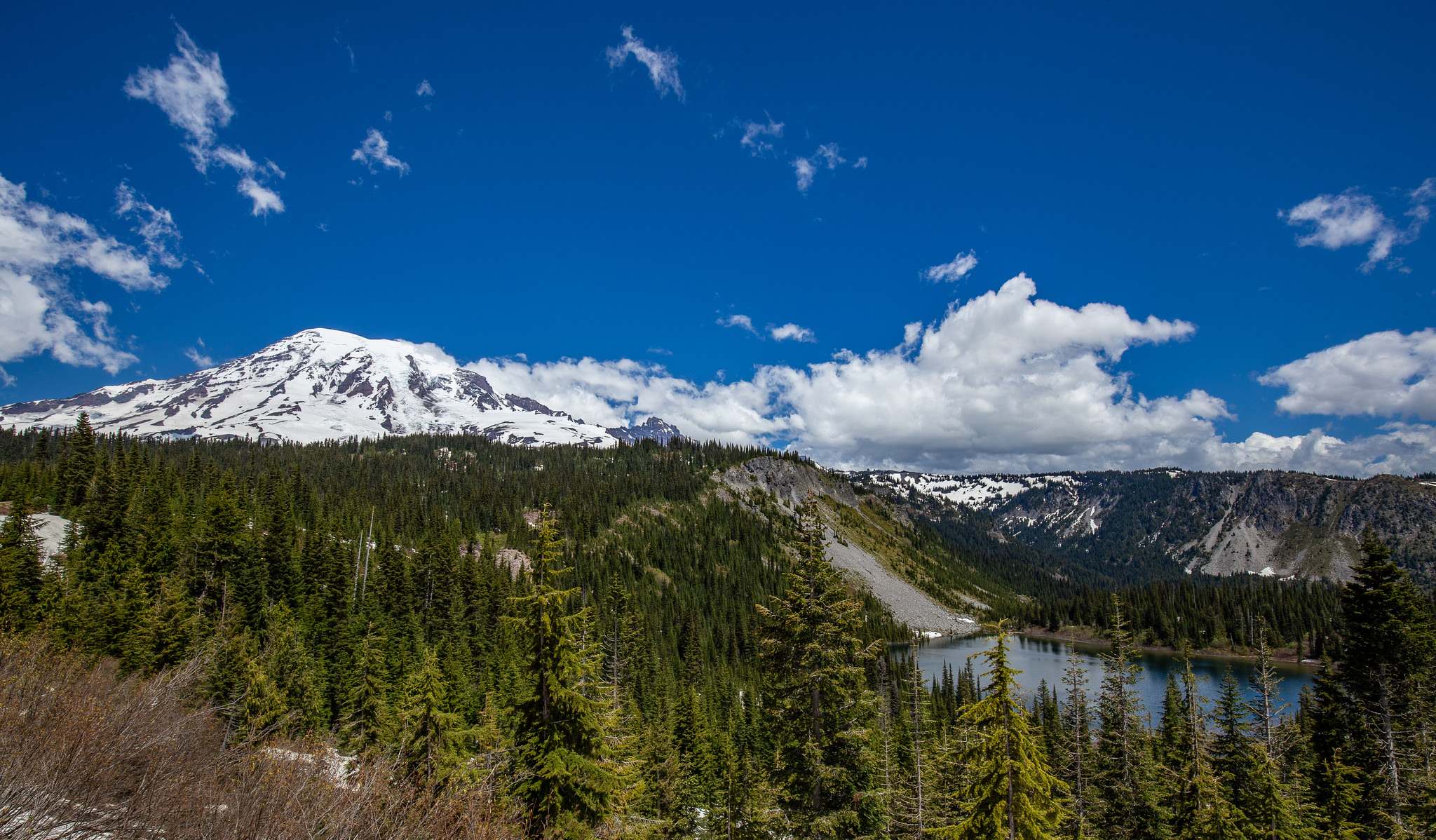
Mount Rainier and Louise Lake
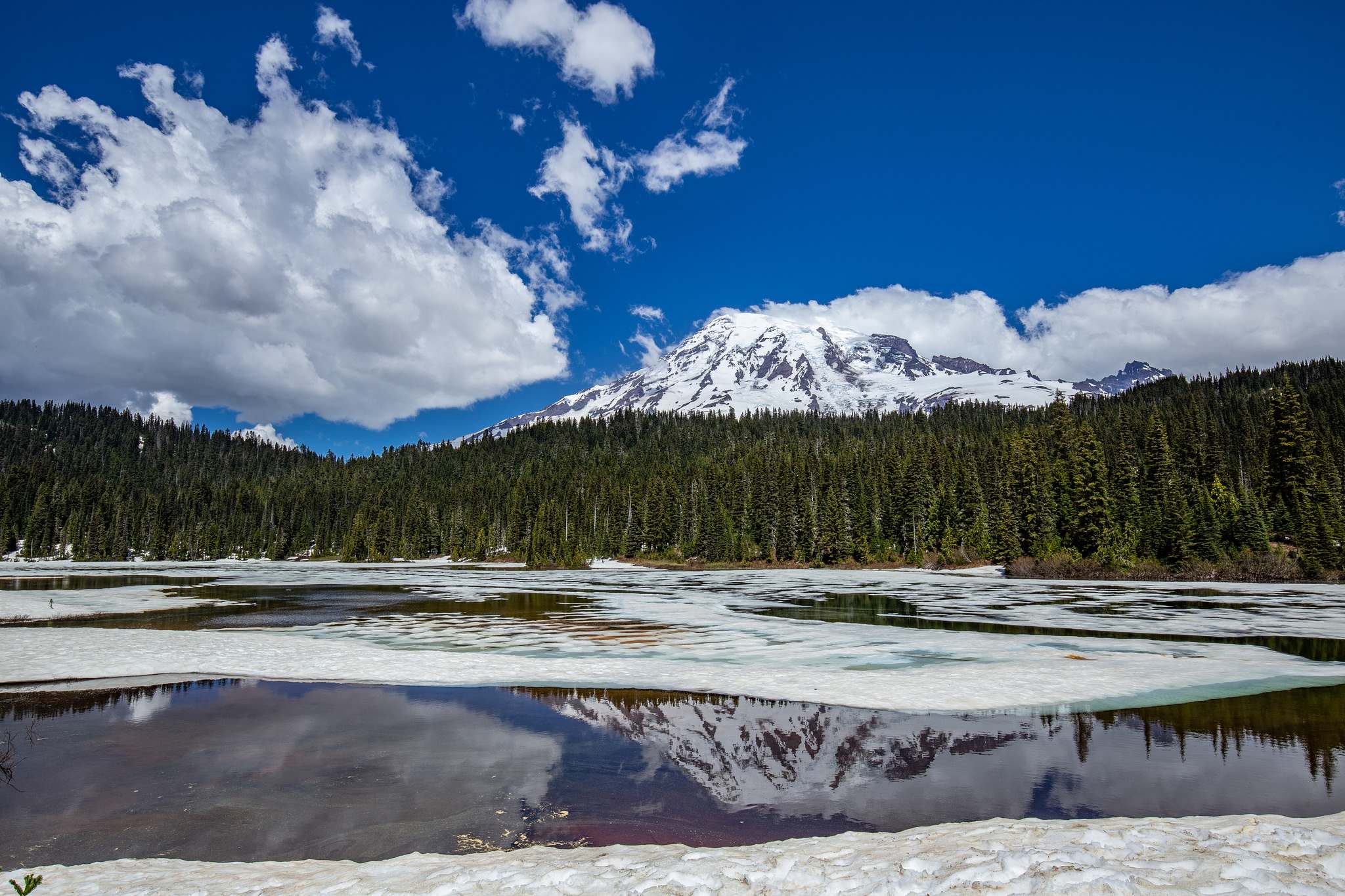
Mount Rainier in Reflection Lake

Mount Rainier
credit: Ashlyn G

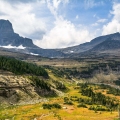 Scenic Glacier National Park, Mo...
Scenic Glacier National Park, Mo...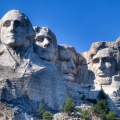 Facts about Mount Rushmore Natio...
Facts about Mount Rushmore Natio...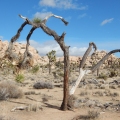 Joshua Tree National Park Photos
Joshua Tree National Park Photos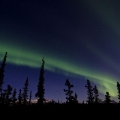 Aurora over Denali National Park...
Aurora over Denali National Park...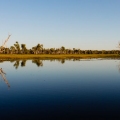 BushWalking Across Kakadu Nation...
BushWalking Across Kakadu Nation...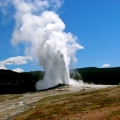 Great Pictures of Yellowstone Na...
Great Pictures of Yellowstone Na...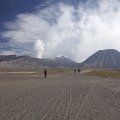 The Magnificent Mount Bromo Volc...
The Magnificent Mount Bromo Volc...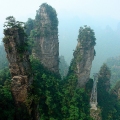 Zhangjiajie – National For...
Zhangjiajie – National For...


